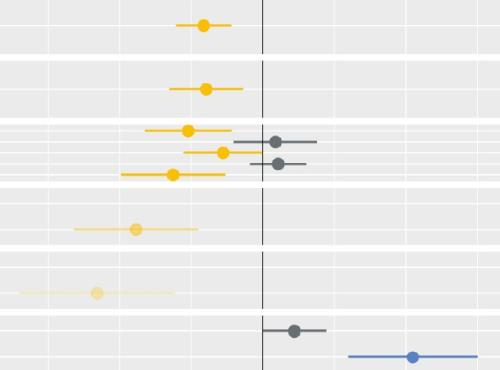Our new report guides Integrated Care Boards through the process of developing a credible strategy to reduce inequalities in access to planned hospital procedures.
Download it here:
Strategies to reduce inequalities in access to planned hospital procedures
In our 2021 report for the Midlands Decision Support Network, we described how people living in more deprived areas have poorer access to planned hospital care than their more affluent counterparts. These deficits are widespread, substantial, and worsening. In this report, we move beyond describing and explaining the problem, providing practical support for those keen to address it. We start from the premise that inequities are not immutable. Tackling the issue will not be easy, but it is essential if the NHS is to be true to its founding principles. Efforts to date have clearly not been sufficient. Bolder action and more potent interventions are required.
The report is primarily aimed at integrated care board (ICB) members. Is addressing inequities in planned hospital care a priority for your organisation? If it is, then we hope this report will help. How much additional care, and of what type, would be required to ‘level-up’ access to planned hospital procedures? Is levelling-up the only solution? What interventions exist that might help reduce inequities? How might an ICB go about setting its strategy? And once set, how should the strategy be monitored? These are the questions addressed by this report.
Update 10th August 2022:
To help ICBs and others, in taking the insights from this report into action, we have commissioned some further perspectives on the possible strategies described. The first of these is a publication from colleagues at Hill Dickinson which provides an up-to-date overview of the legal duties placed upon ICB decision makers in relation to reducing inequalities and then considers the range of possible strategies proposed in our report from that legal perspective.
This paper will be followed later in the year by one that addresses the ethical dimensions of developing strategies to address socioeconomic inequalities in planned care.



